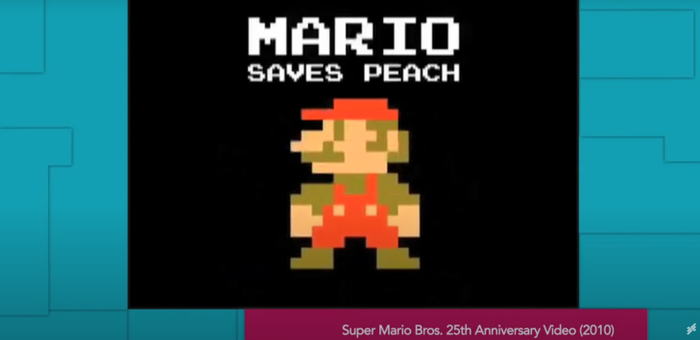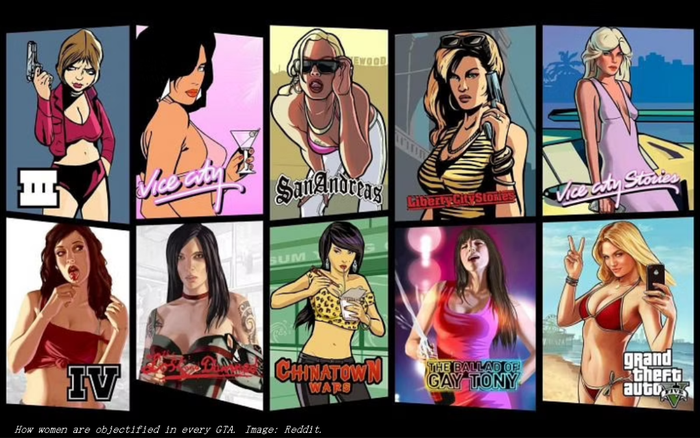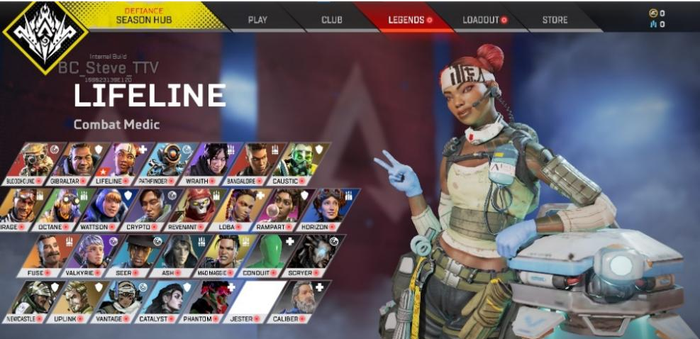Are female characters in games really weak?
As the population of female gamers continues to grow, we believe that focusing on and improving the situation of female characters in games, and extending it to explore the needs of female players, will also be an important topic in game user research.

Can you come here and help Kurumi?" - This is the most iconic line from the game Naraka: Bladepoint by the character Kurumi. She is often targeted and surrounded by enemies on the battlefield, and this classic voice line is widely used, becoming a catchphrase among players of the game.
But is Kurumi really weak?
Let's take a look at the actual combat situation: In an impressive three-player match of Autumn Season Tournament of Naraka: Bladepoint, BKB team player niko rescued his teammate at a crucial moment, turning the tide with Kurumi and earning the title of MVP. In daily happening games, many skilled players also express that Kurumi is the most challenging hero to play solo, but also the most tempting to challenge.
Perhaps it can be said that Kurumi has a high level of difficulty in terms of gameplay, but if skilled, she can bring endless possibilities to the team. And skilled players of Kurumi often become the "strongest arm" in a team. Therefore, this female character is not really weak.
So why do players often naturally assume that these female characters in games are usually in a weak position and need help? This blog tries to analyze from the following these aspects: the positioning and changes of female characters in games in recent years, and whether they are truly weak or not.
Early game portrayal and positioning of female characters
In some early games, there were indeed many female game characters who really needed someone else to save them in order to survive.
The universal narrative formula of "Saving the Girl”
Whether it's the frequent appearance of "saving the kidnapped Peach" in the Super Mario series, or "finding the crystals and rescuing the princess" in the Legend of Zelda series, many players are familiar with it. In fact, there are many similar plots of saving princesses in some other games—Damsel in Distress is a common narrative framework in early games, derived from the French phrase "Demoiselle en Détresse," which can be simply translated as "a girl in danger." In such narratives, regardless of whether the female characters have quite good combat abilities, they are often portrayed as helpless characters in danger, often set as the core motivation for the male protagonist to embark on an adventure.

These female characters often appear as princesses, the wives of male protagonists, or sisters. When analyzing such female characters, the subject/object dichotomy is often used, which refers to the division between the subject's actions and the object being acted upon. The subject can be understood as the main character or the central figure in the story, and in games, they are usually the main playable characters. However, in the narrative of the Damsel in Distress, it is often assumed that the male is the subject, and the female is placed in the role of the object. In games, they are usually portrayed as the "reward to be won," "treasure to be found," or "goal to be achieved.
The gender perspective behind the storytelling.
The narrative of a game often reflects the perspective of the game's creators and the worldview they want to convey, and it inevitably manifests in the game. Gender controversies, objectification of female characters, and certain lack of inclusivity in GTA are often criticized: there are no playable female characters in the first-person perspective, female characters have no impact on the main storyline, and female NPCs are often labeled with a single "sexy" tag. Every GTA main poster features a woman with sexy outfits.
Whether in games or movies, immersion and a sense of identification with the story are essential for players. Imagine how female players would feel if female characters could be subjected to violence at will. Are game female characters labeled as "sexy" or "vulnerable" a fixed mindset or an implicit bias against women? In the United States, nearly half of the game players are women (although mobile players combined), yet only 24% of game developers are female. Should female characters be portrayed by female creators to be more reasonable?

Changes in female characters in games over the past 20 years
In the 80s and 90s, the plot of "saving endangered girls" became a cliché in video games, whether it was fighting, role-playing, or first-person shooting games. People were enthusiastic about incorporating this old-fashioned yet effective plot formula and enjoyed it without getting tired. However, nowadays, the clichéd plot of "saving princesses" or "saving girls" has long been criticized and somewhat abandoned by the times.
In the past 20 years, a significant change in female characters in games is their playability. In the early video games, many female characters existed solely to drive the plot. But now, female characters are no longer "accessories" or "catalysts", but one of the playable game protagonists with the highest degree of playability and controllability. According to EEDAR statistics in 2021, out of 669 games, 45%, which is 300 games, allow players to control female characters. However, there are as many as 369 games where players can only control male characters, while there are only 24 games where players can only control female characters.

In terms of gender balance and diversity, APEX Legends is considered by some developers as an excellent example, with a highly balanced representation of hero genders and races.
What are the female characters like in Naraka: Bladepoint
Break Stereotypes - The Strong ones in the Gaming World
In early games, the subjective consciousness of most female characters is often ignored. They experience being imprisoned, kidnapped, cursed, without ever thinking of resisting or breaking free from their fate. However, in recent years' games, not only do we see the stereotype of the "rescued princess" being broken, but it's also worth mentioning that more and more female game characters are changing their destinies through their own struggles, rather than waiting to be rescued.
In Naraka: Bladepoint , whether it is the playability, positioning of female characters, or the self-awareness of the characters, they are completely different from the weak image comparing to some other games. Currently, there are more 14 playable characters in the game, with half of them being female characters, each possessing unique abilities that balance quite well with all the heroes. Another breakthrough worth noting is that Viper Ning, as the game's main promotional image, is a female hero and becomes the default protagonist in the beginner's tutorial.
My fate is determined by myself, not by heaven.
If analyzed using the subject-object dichotomy, there is no doubt that they are the central subjects of the game. Moreover, in the related descriptions of the heroic legends storyline, we can see their growth trajectory and determination to become stronger. For example, in the prologue of Valda Cui's story, her exact words were, "The weak can only go with the flow and eventually be swallowed by the sea. The strong, on the other hand, will sail against the wind and tide and reach the victories by themselves." In the game, many details, whether it's the stories or even a simple outfit description, it is not difficult to see that female characters are given more dominant positions and their own awareness of fighting is awakened.
Seemingly weak, but can also be a "savior".
Let’s go back to Kurumi again. After experiencing multiple iterations, although her skills and positioning have been repeatedly adjusted and modified, players will not easily say the word "easy to master" when mentioning Kurumi. Despite being constantly beaten, she is also very strong, always assessing the situation and supporting teammates, and when necessary, finding opportunities to help destroy the enemy.
Focus more on female gamers and female characters in games.
In fact, the presence and importance of female characters in video games are increasing. According to a survey conducted by ESA, 48% of the interviewed players are female. Recently, a MOBA game producer shared an interesting statistic on Reddit, stating that 97% of female players only choose female characters, while the ratio of male players choosing male and female characters is almost 50% to 50%.
More and more players are choosing female characters, which requires game developers to approach the design of female characters from a more equal perspective. Instead of labeling masculine and feminine traits, what's more important might be how to define female characters - she can be a daughter, a wife, a sister, but most importantly, she should be herself. She should have the similar ability as male characters to overcome challenges, explore, and conquer the world.
Read more about:
BlogsAbout the Author(s)
You May Also Like







.jpeg?width=700&auto=webp&quality=80&disable=upscale)








